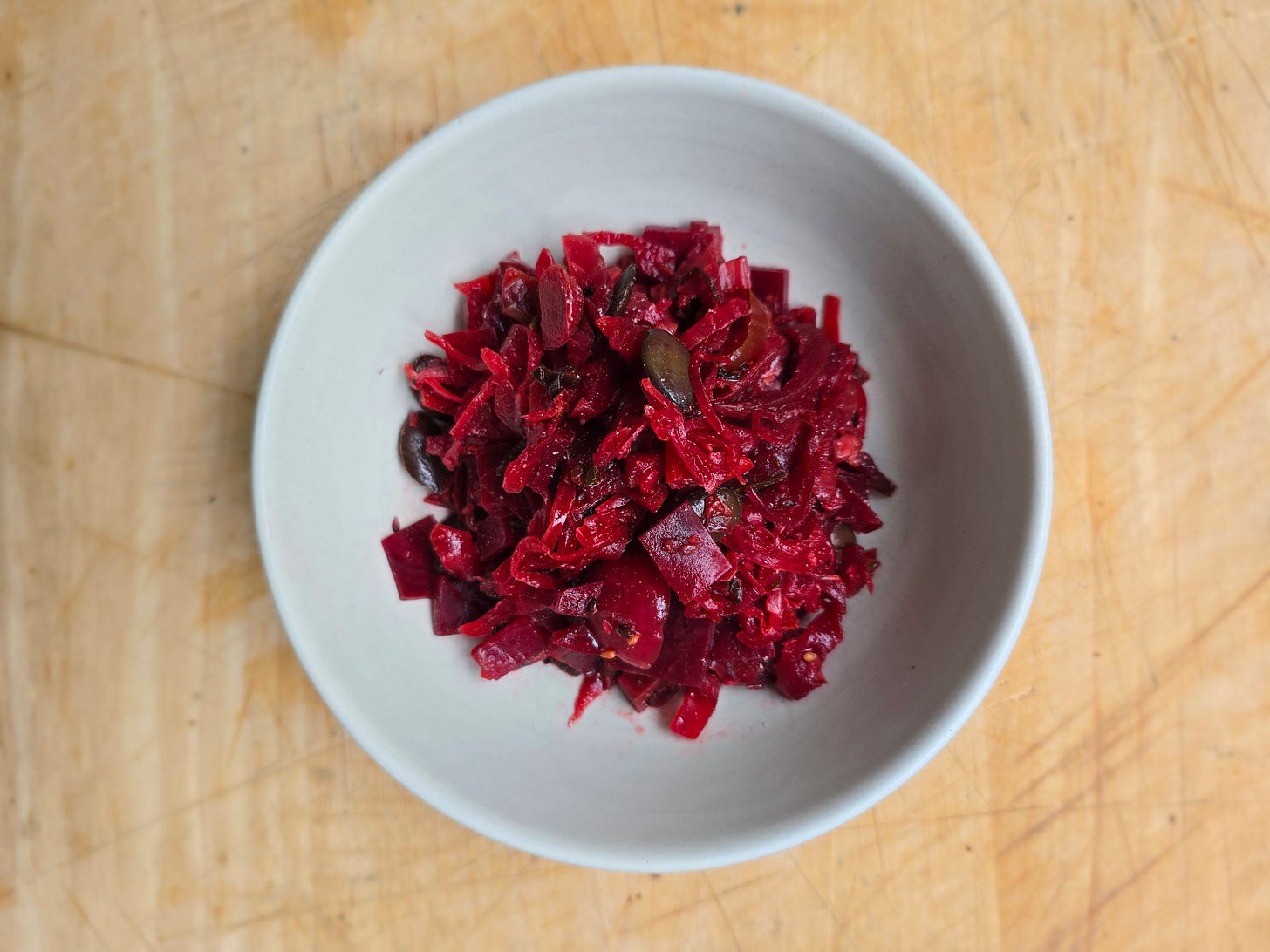Thirty Plants. One Jar.
AKA a kraut you’ll put on everything
Dr. Johnny Drain has spent the past decade being the secret weapon of many of the world's Michelin-starred and 50 Best restaurants and bars. He is a fermenter, cook, and scientist who has pioneered the use of fermentation to turn food waste and by-products into delicious things to eat and drink.
His first book, Adventures in Fermentation, diving into the…
Keep reading with a 7-day free trial
Subscribe to Flavor Freaks to keep reading this post and get 7 days of free access to the full post archives.


